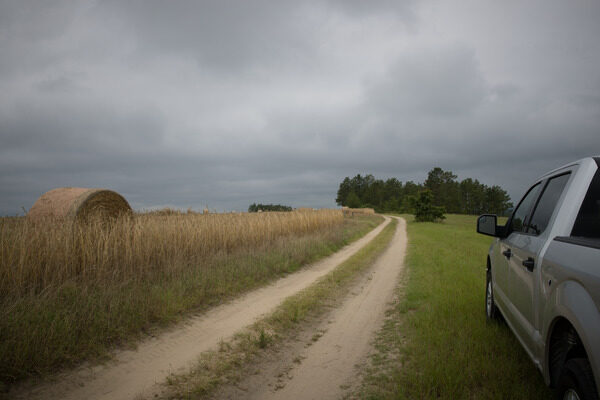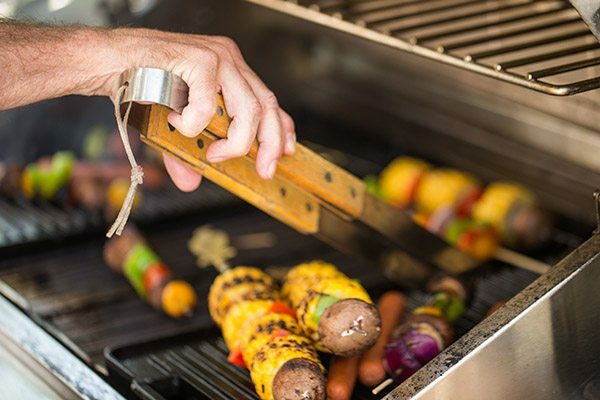
While many people think tornadoes impact only the Midwest, every state in the country is vulnerable to tornadoes, according to the National Oceanic and Atmospheric Administration (NOAA). Approximately 1,200 tornadoes hit the U.S. each year, causing an average of $24,000 in home damage and $4,000 in auto damage
Strong winds from tornadoes can seriously damage the structural integrity of your home and lightning strikes can cause home fires. Roofing, garages, doors and windows are all susceptible. Homeowners can expect to pay several thousands of dollars to replace a standard roof or rebuild after a fire. Those are major expenses, especially in these challenging economic times. Beyond your home, your car may also be vulnerable to wind damage.
There are preventative measures you can take to protect your home from wind damage and lightning before a tornado or hurricane hits. Review the tornado preparation tips below to protect yourself and your family and avoid costly damages.
1. Strengthen your garage door
Most residential damage begins with wind entry through the garage doors. Garage doors are considered the weakest link in a home. Once the garage door is lost, the home may be considered lost as well.
Are your garage doors made of lightweight materials? This was probably done to conserve weight and expense, but it also makes the doors very vulnerable to high winds. Check for a sticker on the inside of your garage door that gives you a pressure rating. Don’t see a sticker? It may mean you’ll need to purchase new wind resistant doors. Garage doors should be less than 9 feet wide, rated to withstand more than 50 pounds of pressure per square foot, and windowless.
2. Seal your roof
When strong winds hit, it may almost seem like the wind is going to rip the roof right off your home. To help protect your roof form wind, the Insurance Institute for Business and Home Safety (IBHS) recommends sealing your roof deck using “peel and stick” tape along your roof seams, or a “peel and stick” membrane over the entire roof deck, or apply polyurethane foam.
Keep in mind that protecting your roof from wind damage is no last-minute task. It’s in your best interest to ensure that your roof is well protected against wind damage as soon as possible. Have it professionally inspected for the following:
- Shingles meet or exceed the local building code and are rated high for wind and impact resistance
- Shingles are properly nailed down and fitted tightly together
- Roof sheathing is securely nailed down
- Any affixed HVAC units won’t be blown off
3. Secure your windows and doors
High winds can damage your home’s windows and doors. If you live in an area that’s prone to tornados and heavy storms, consider installing impact resistant windows. These windows are designed to withstand forceful winds.
Strong winds can rattle any exterior door that’s not properly secured. You should inspect your home’s doors and pay close attention to the hinges. Are any screws missing? How many hinges are there? Having three hinges on outside doors, as opposed to two, provides additional strength. Be sure the door threshold is tightly screwed into your house and not just the door frame. You may want to consider installing new wind resistant doors with a high design pressure (DP) rating. The DP rating is a measure of the level of wind force a door system can withstand without failing.
4. Minimize the risk of outdoor threats
To minimize outdoor threats caused by wind damage, anchor any loose objects on your property, such as trash cans, grills or deck furniture. Be sure to prune or remove trees that could fall on your home. Additionally, remove any larger, dead branches on trees. It’s been shown that falling trees and flying branches kick start damage to property during windstorms and tornadoes. You should also replace landscaping materials like gravel and rock with mulch.
To help block high winds, you can use landscaping and yard objects:
- Adding shrubs of varying heights
- Trees in a row
- Fence
- Playground equipment
5. Prepare your car
If possible, store your vehicles inside a garage or storage building before high winds from a storm can cause damage. Never park vehicles under a tree during an approaching storm. If you must park outside, be aware of things that could cause damage, including branches, lampposts and power lines.
6. Understand the hazards of lightning
When there are tornadoes there could be lightning, too.
The main ways a lightning strike can damage your home:
- Fire – Lightning-related fires often begin in the attic or roof of a house. The lightning will often have to pass through the roofing material before it reaches your home’s wiring or pipes.
- Power surge – This can occur when lightning passes through the electrical wiring and damages appliances.
- Shock wave – A shock wave caused by lightning can damage concrete, brick, cinder block and stone, as well as shatter glass and crack foundations.
Review these lightning safety tips to help protect yourself and your family:
Unplug electronics
Have a plan so family members know which electric devices to unplug and when. Unplug landline phones first, since a lightning striking a nearby telephone pole can send dangerous voltage into your home.
Stay away from computers, washers, dryers, stoves, or any other equipment connected to an electrical outlet. Lightning can travel through electrical systems, radio and television reception systems. Find out how to prepare for a power outage.
Have your CSST gas line system inspected
If your home has CSST piping, lightning may pass through its gas pipe system. Learn more about CSST piping and how to protect your home.
Consider having a lightning protection system
Lightning often travels across the ground, so be sure to plant taller trees at a safe distance from your house. The Lightning Protection Institute recommends a professionally installed lightning protection system for trees that are taller than your home or are within 10 feet of your house. A lightning protection system provides a direct path to the ground for the lightning to follow.
Avoid water
Since lightning can travel through your home’s plumbing, don’t take a bath or shower, do laundry, wash dishes or any chore that involves water. Lightning can travel through wire or metal bars in concrete walls or flooring. Avoid toilets, sinks, faucets, and other plumbing.
7. Stay prepared and monitor weather alerts
Stay prepared and informed of severe weather drills in your state by checking the official severe weather preparedness dates. These drills are typically conducted before tornado season begins in each state.
If a tornado watch is in effect in your area prepare your car and home for a tornado strike. Carefully monitor local radio and television broadcasts for announcements.
Preparation is essential when you’re looking to prevent costly home damages from a tornado. Protecting your home and property is no last-minute chore. For more information check out these tornado safety tips.



